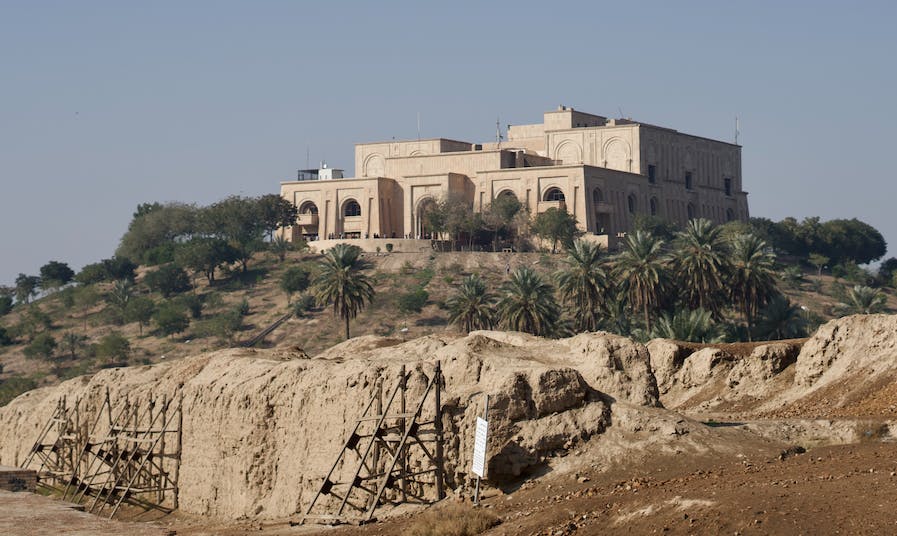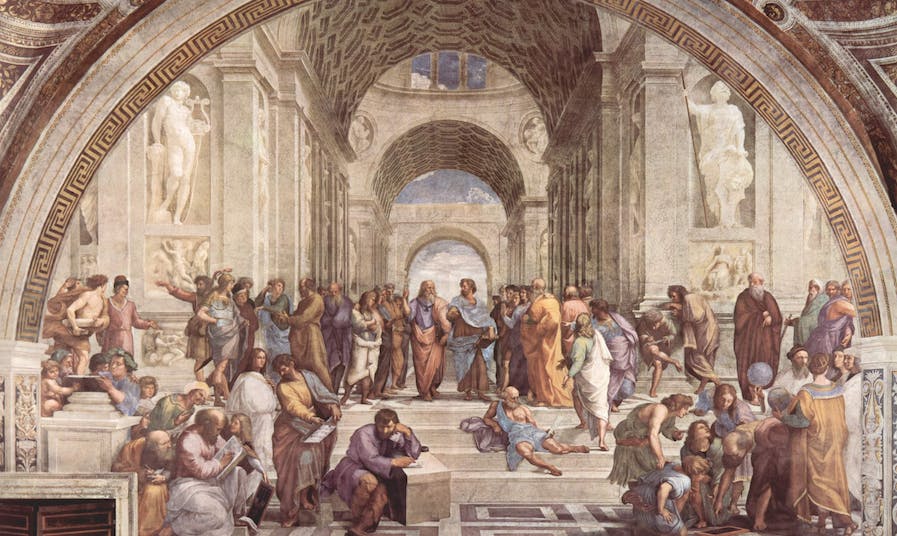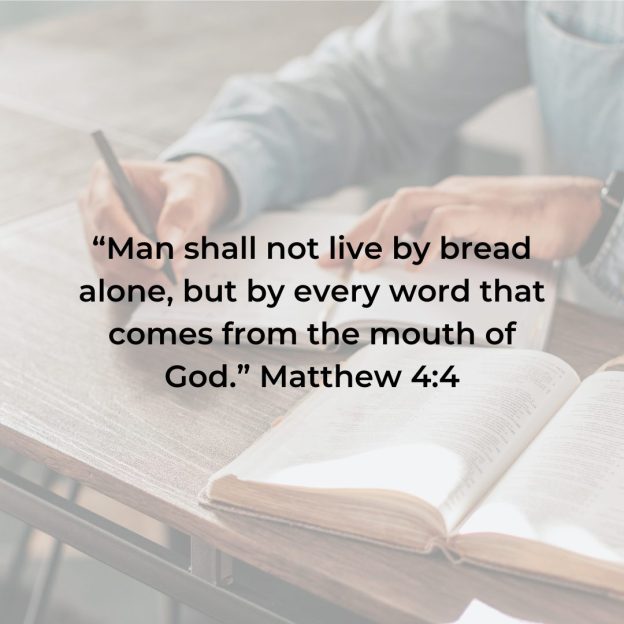History of the Bible Online

Understanding the culture of Jesus’ day is vital to understanding Scripture. It enriches our interpretation of the Bible’s teachings and provides us with insights into the social dynamics and cultural values that formed the backdrop of Jesus’ ministry. Diving deeper into the history of the Bible reveals the beautiful journey of its formation while at the same time growing our appreciation for the timeless truths it holds.
When we better understand the historical context of the Bible, we can engage with the text in a more nuanced and informed way.
Three key areas for better understanding the historical context of the Bible and the world that Jesus inhabited are the political, religious, and cultural context.
Let’s look at the political, religious, and cultural landscape of Jesus’ day to better understand the history of the Bible and the world Jesus lived in.
Political Landscape
With a dominant military presence, Roman troops were stationed throughout Jerusalem to maintain control. These troops served as a constant reminder to the Jewish people of Rome’s dominance.
As a result, the Jewish people navigated a delicate balance between their religious identity and Roman rule, often marked by tensions and occasional uprisings.
During this time, Caesar Augustus ruled as Emperor. However, Roman rule was enforced by appointing various governors and kings throughout Jerusalem and surrounding areas. The Roman Senate appointed Herod the Great to rule Judea. A key figure in the New Testament, Herod was responsible for the massacre of infants in Bethlehem during the time of Jesus’ birth.
Herod the Great, Roman Emperor Augustus, and the various procurators of Rome created a complex political structure that daily affected the lives of the Jewish people.
And with Jesus’ teachings on the Kingdom of God, He often challenged His day’s prevailing political structures and power dynamics.
While the political landscape was complex, this period of Roman rule contributed positively to Jesus’s mission.
One writer stated
The greatest significance to Christians is how the Roman period prepared the way for Christ. [1]
These interactions with the political structures of Jesus’ day led to frustration, as well as deep transformation, in the hearts of many political leaders during His ministry.
Along with the complex political structures and agendas of Jesus’ day, various religious groups also existed, adding to the backdrop of His ministry.

Religious Landscape
There were several Jewish sects that dominated the religious landscape in the region. These included but are not restricted to the Pharisees, the Sadducees, and the Essenes.
The Pharisees were a religious group known for their strict observance of the Law and the oral traditions of the Jewish faith. The Sadducees were a priestly religious sect who adhered to the Torah but rejected oral traditions and the concept of the afterlife. As for the Essenes, they were a group of separatists known for their aesthetic lifestyle and possible authorship of the Dead Sea Scrolls.
Writer Ray Vander Laan states
During his ministry, Jesus likely interacted with them all, touching the hearts of some, and sparking violent hatred among others. [2]
During this time, various resistance groups also emerged. One group in particular was known as the Zealots. The Zealots, a group of Jewish revolutionaries, existed solely to rid Jerusalem of its Roman occupants.
As you would expect, tensions and hostility abounded with these various religious groups existing within the same region.
Although this was the religious landscape of Jesus’ day, He deeply touched and impacted each sect through compassion and, at times, confrontation.

Cultural Landscape
Regarding the cultural landscape, Jerusalem was a city thriving with trade, while surrounding villages embraced agrarian rhythms and were filled with close-knit communities.
Various social classes existed, from the wealthy aristocracy to the common laborer. These class distinctions played a pivotal role in the social dynamics of Jesus’ day. From the elite to the marginalized, Jesus interacted daily with people from all walks of life.
This was also a historical period where various religious traditions and festivals were celebrated. Festivals such as Passover and Sukkot were celebrated yearly as core practices of the Jewish faith. Passover commemorates the Israelite’s liberation from Egypt, and Sukkot commemorates the Israelite exodus through the desert after liberation.
These yearly celebrations were key parts of the religious landscape of Jesus’ day, with significant portions of His ministry taking place on or surrounding these important festivals.
Another important cultural practice during this time was the observance of the Sabbath.
A weekly rhythm in the Jewish community, the Sabbath was a foundational practice observed from Friday evening to Saturday evening. On the Sabbath, Jewish people ceased all work and production, entered into rest, and broke bread with family and friends.
The Sabbath proved to be a key day for Jesus, as He often used this day to further articulate the Gospel message.
These factors and practices, along with others, contributed to the cultural landscape of Jesus’ day, adding layers to the various stories we read in Scripture.
As we continue to learn more about the history of the Bible and the context in which it was written, we can better understand its teachings, empowering us to put them into practice.

Ready to Take a Deep Dive into the History of the Bible?
Understanding the political, religious, and cultural landscape is vital for understanding the Bible. These factors and others contribute to our understanding of the Scriptures and the context Jesus lived and ministered within.
If you’re ready to learn more, check out our online course: Jewish and Greco-Roman Backgrounds of the New Testament.
In this course, Dr. Matthew Halsted puts you in the front seat as he focuses on the history of the second temple period and the theological and social developments within the Greco-Roman world. As he places the New Testament and early Christianity in its original context, you’ll gain a solid foundation for understanding and interpreting the New Testament.
If you’re ready to explore the history of the New Testament, sign up for the course here.
Search Keywords
Recent Posts
Top Women Leaders in the Bible
Author and theologian Lewis B. Smedes said From the outset, women are portrayed as essential...
The Power of Forgiveness in the Bible
Author and theologian Lewis B. Smedes said To forgive is to set a prisoner free and discover that...
How to Choose the Right Online Bible Study
Now more than ever, access to quality, online Bible study programs is right at our fingertips. The...
Online Bible Study Tools
Charles Spurgeon once said “Nobody ever outgrows Scripture; the book widens and deepens with our...

